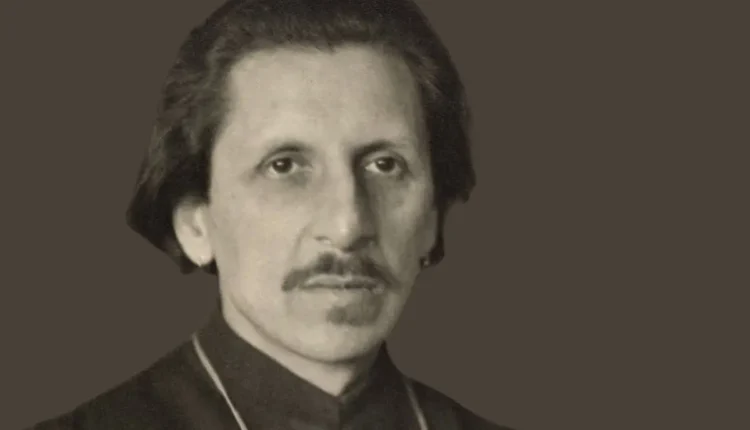Ananda Kentish Coomaraswamy, a profound thinker, philosopher, and historian, stands as a towering figure in the world of art and culture. His life’s work was a testament to his dedication to introducing ancient Indian art to the Western world, making him a groundbreaking theorist in the field.
Born on August 22, 1877, in Colombo, British Ceylon (now Sri Lanka), Coomaraswamy’s journey was one of bridging cultures, preserving traditions, and enlightening minds.
Early Life and Education of Ananda Kentish Coomaraswamy
Ananda Kentish Coomaraswamy was born into a culturally rich family, with his father, Sir Muthu Coomaraswamy, a Ceylon Tamil legislator and philosopher, and his mother, Elizabeth Beeby, an Englishwoman.
His father’s untimely death when Ananda was just two years old meant that much of his upbringing and education took place abroad. Moving to England in 1879, he attended Wycliffe College in Gloucestershire and later graduated from University College London in 1900 with a degree in geology and botany.
A Pioneer in Ceylonese Mineralogy
Ananda Kentish Coomaraswamy’s early career was marked by his significant contributions to Ceylonese mineralogy. His extensive fieldwork between 1902 and 1906 earned him a doctorate in science and led to the establishment of the Geological Survey of Ceylon, which he initially directed.
Ananda Kentish Coomaraswamy’s work during this period laid the foundation for his later endeavors in the arts, as it deepened his understanding of the cultural and natural heritage of his homeland.
Marriage and Collaborative Work
In 1902, Coomaraswamy married Ethel Mary Partridge, an English photographer. Their collaboration on “Mediaeval Sinhalese Art,” with Coomaraswamy authoring the text and Partridge providing photographs, was a crucial step in his journey toward becoming an interpreter of Indian culture to the West.
This period also marked the beginning of his anti-Westernization sentiments, as he sought to preserve and celebrate the artistic traditions of Ceylon.
Mission to Educate the West
By 1906, Ananda Kentish Coomaraswamy had made it his mission to educate the West about Indian art. He relocated to London, bringing with him a vast collection of photographs and artifacts.
Recognizing that artists, rather than archaeologists, were better suited to appreciate the significance of Indian art, he influenced prominent figures like Jacob Epstein and Eric Gill. His efforts were instrumental in the development of British Modernism, as these artists began incorporating Indian aesthetics into their work.
Life in America and Contribution to Indian Art
Ananda Kentish Coomaraswamy’s second marriage to Alice Ethel Richardson, known as Ratan Devi in her musical career, led them to America, where Coomaraswamy was invited to serve as the first Keeper of Indian Art at the Boston Museum of Fine Arts in 1917.
Here, he built the first substantial collection of Indian art in the United States. His scholarly work during this time, including the publication of “History of Indian and Indonesian Art” in 1927, further cemented his reputation as a leading authority on Eastern art.
Later Life and Legacy
Coomaraswamy’s later life saw him continuing his work at the Museum of Fine Arts in Boston, where his title changed to Fellow for Research in Indian, Persian, and Mohammedan Art in 1933. He remained dedicated to his mission of preserving and promoting Eastern art until his death in 1947. His widow, Luisa Runstein, continued to guide and support students of his work, ensuring that his legacy endured.
Also Read:Vijay Amritraj: From Tennis Courts to Hollywood Screens

